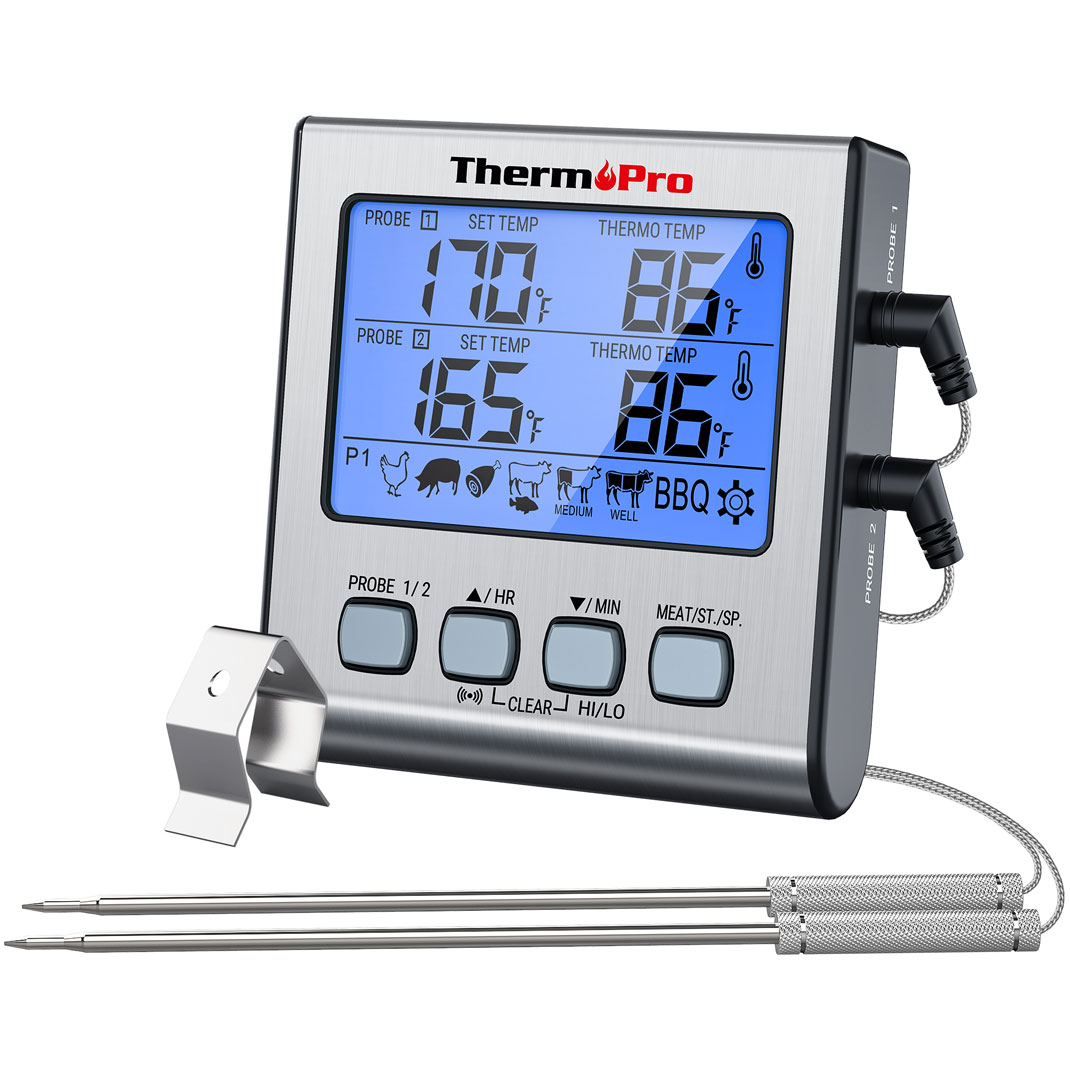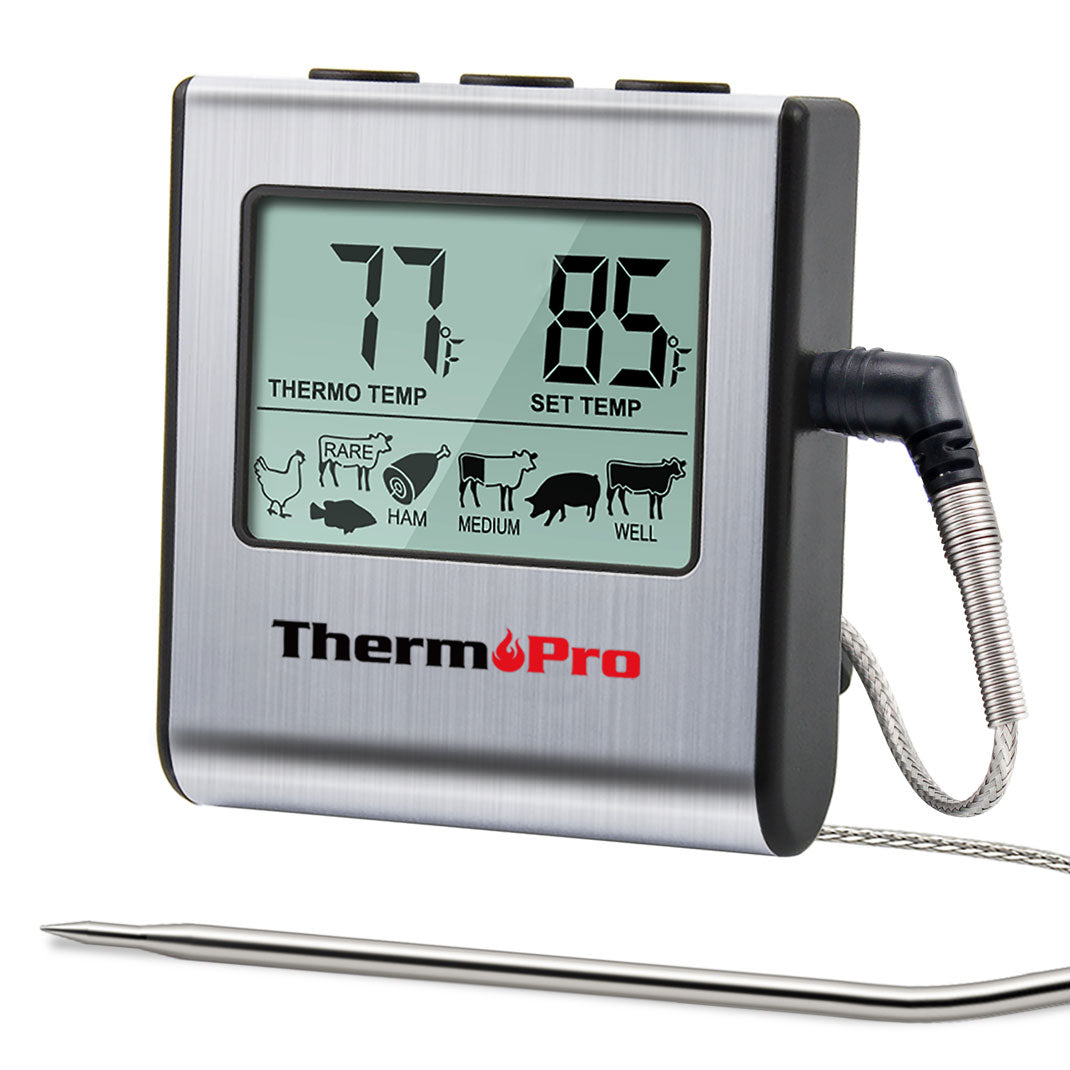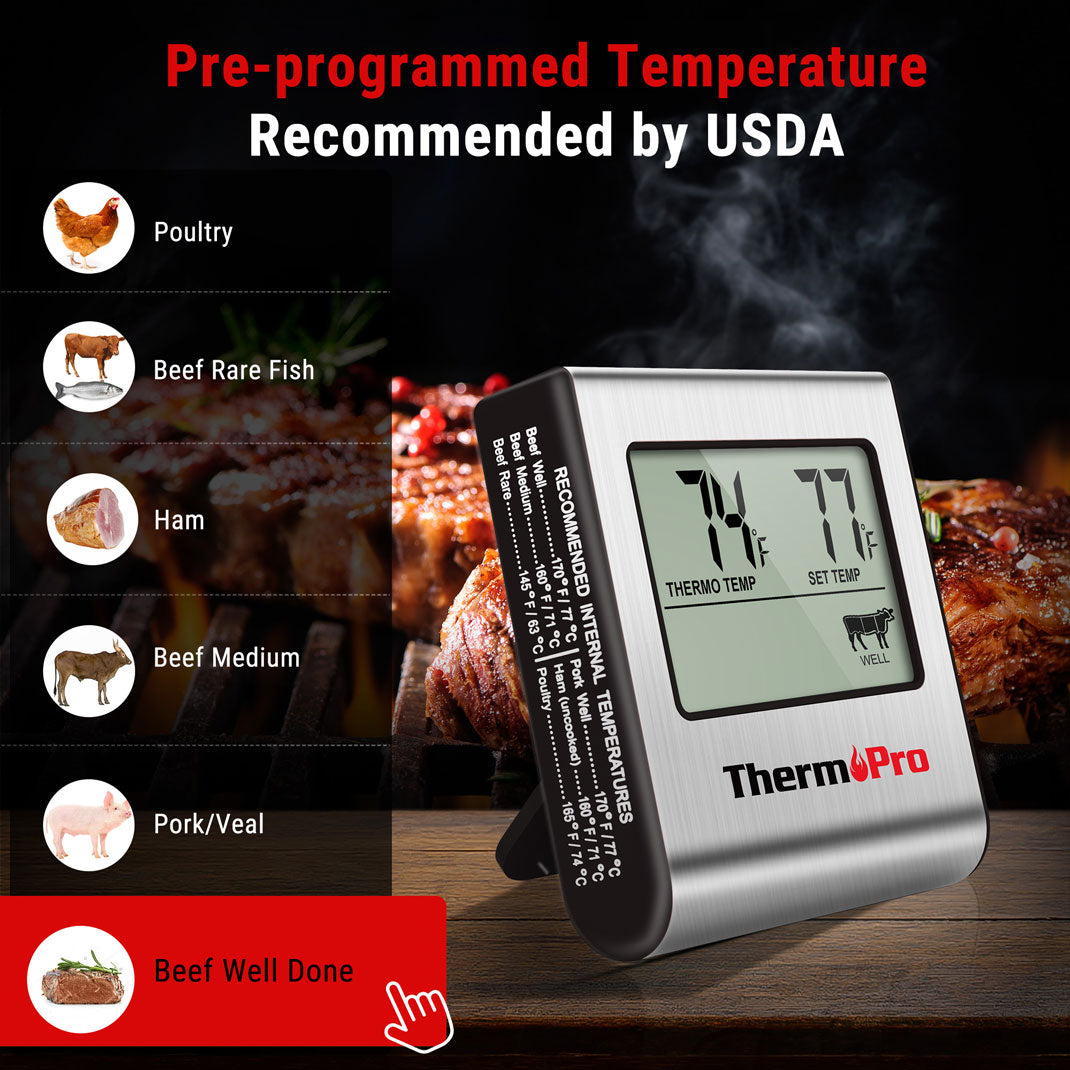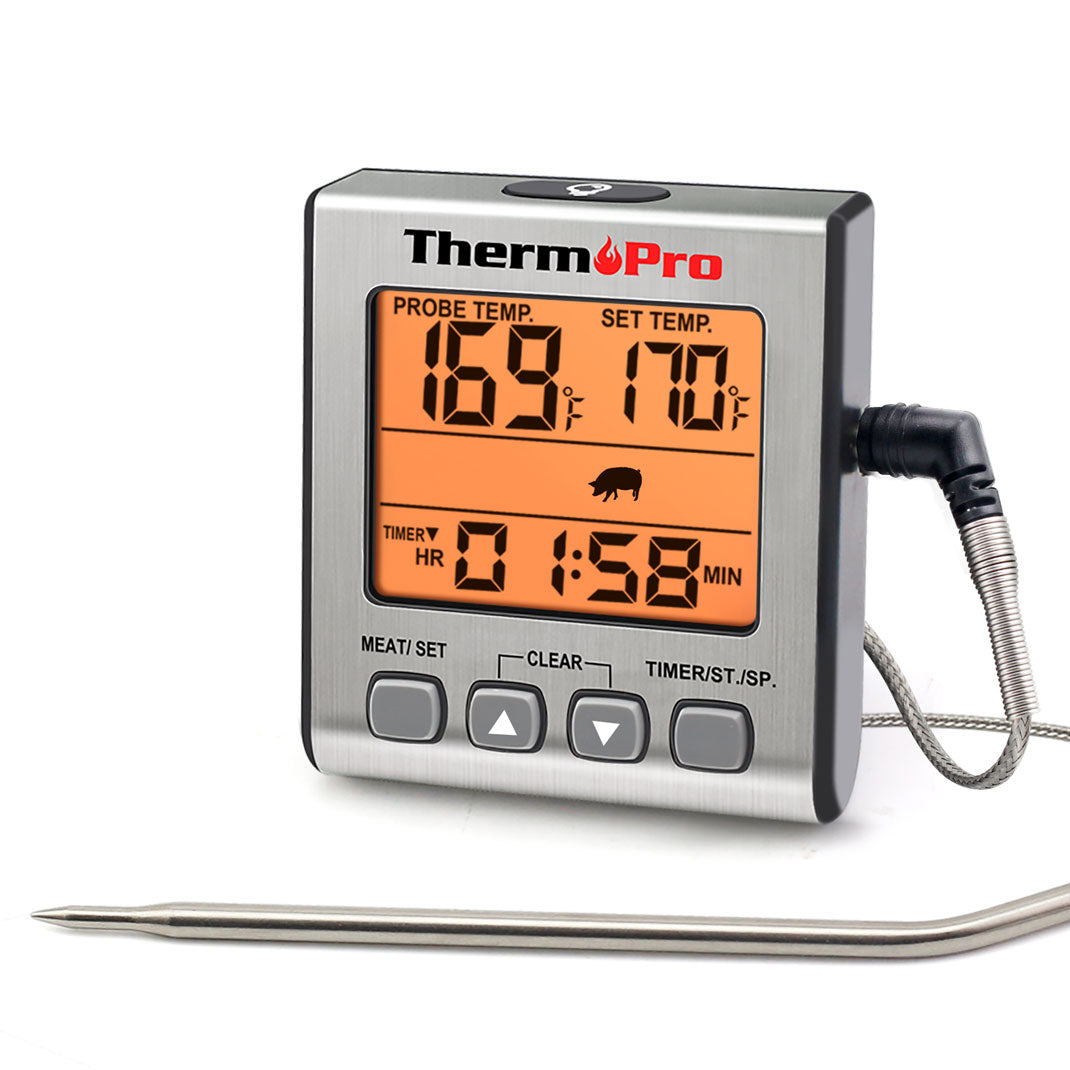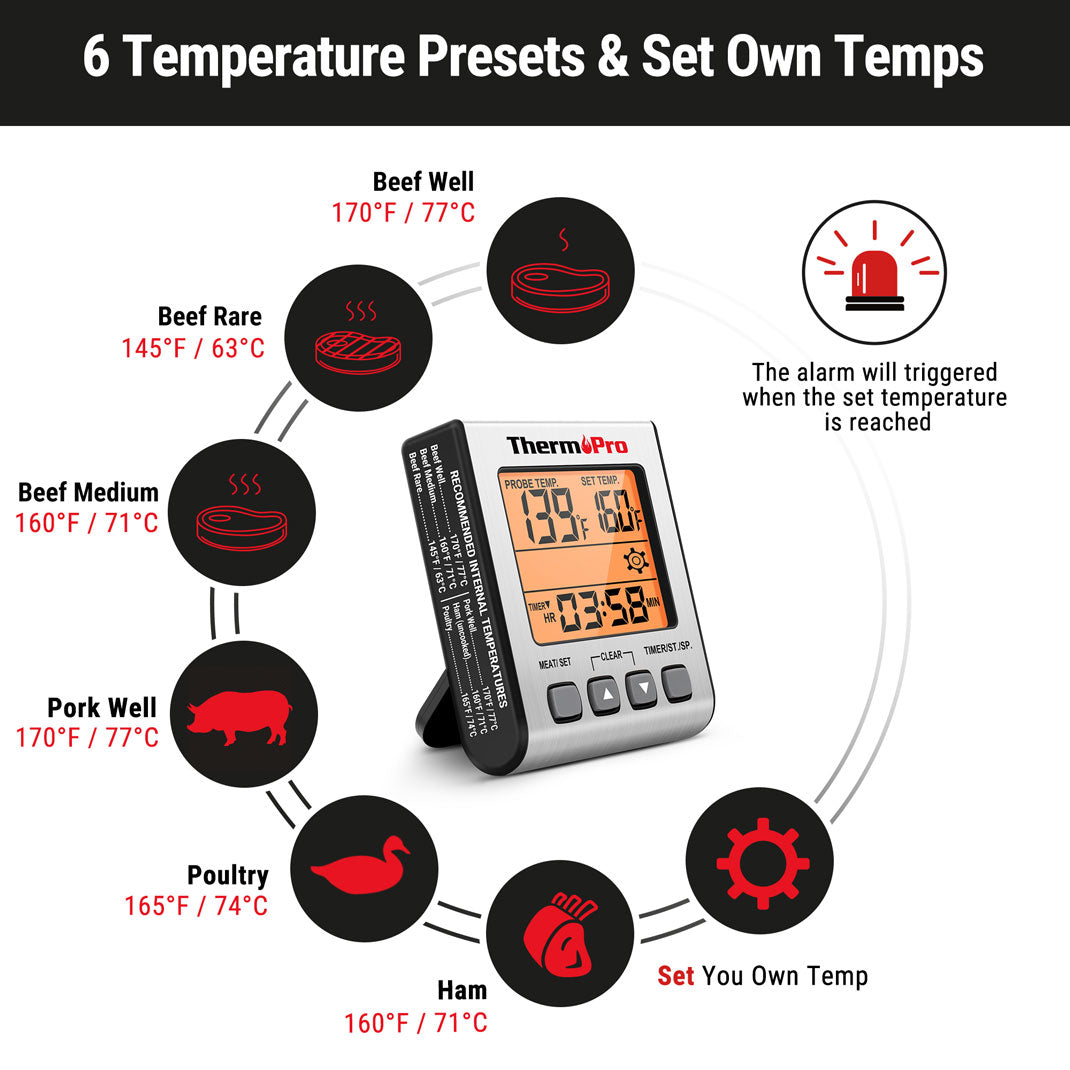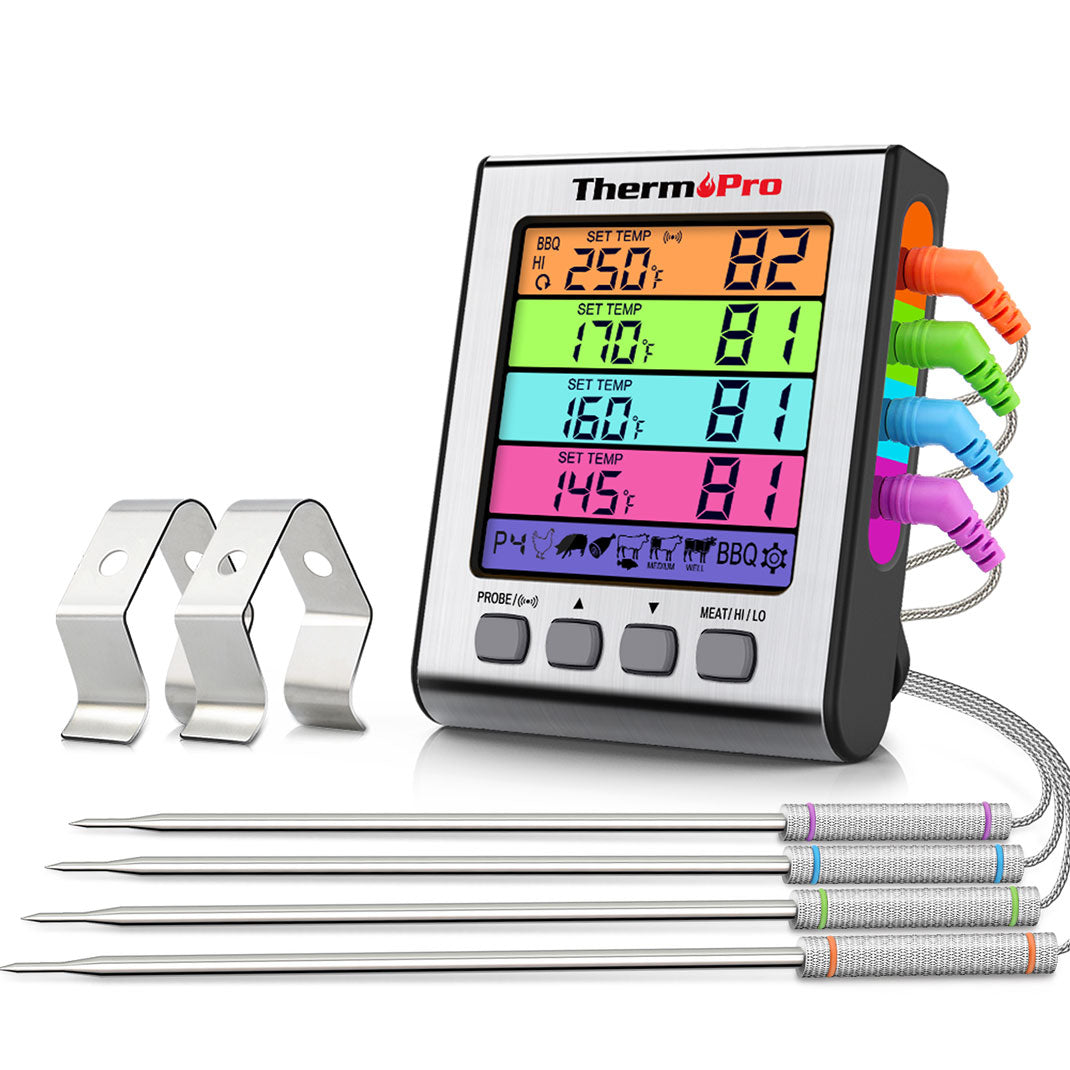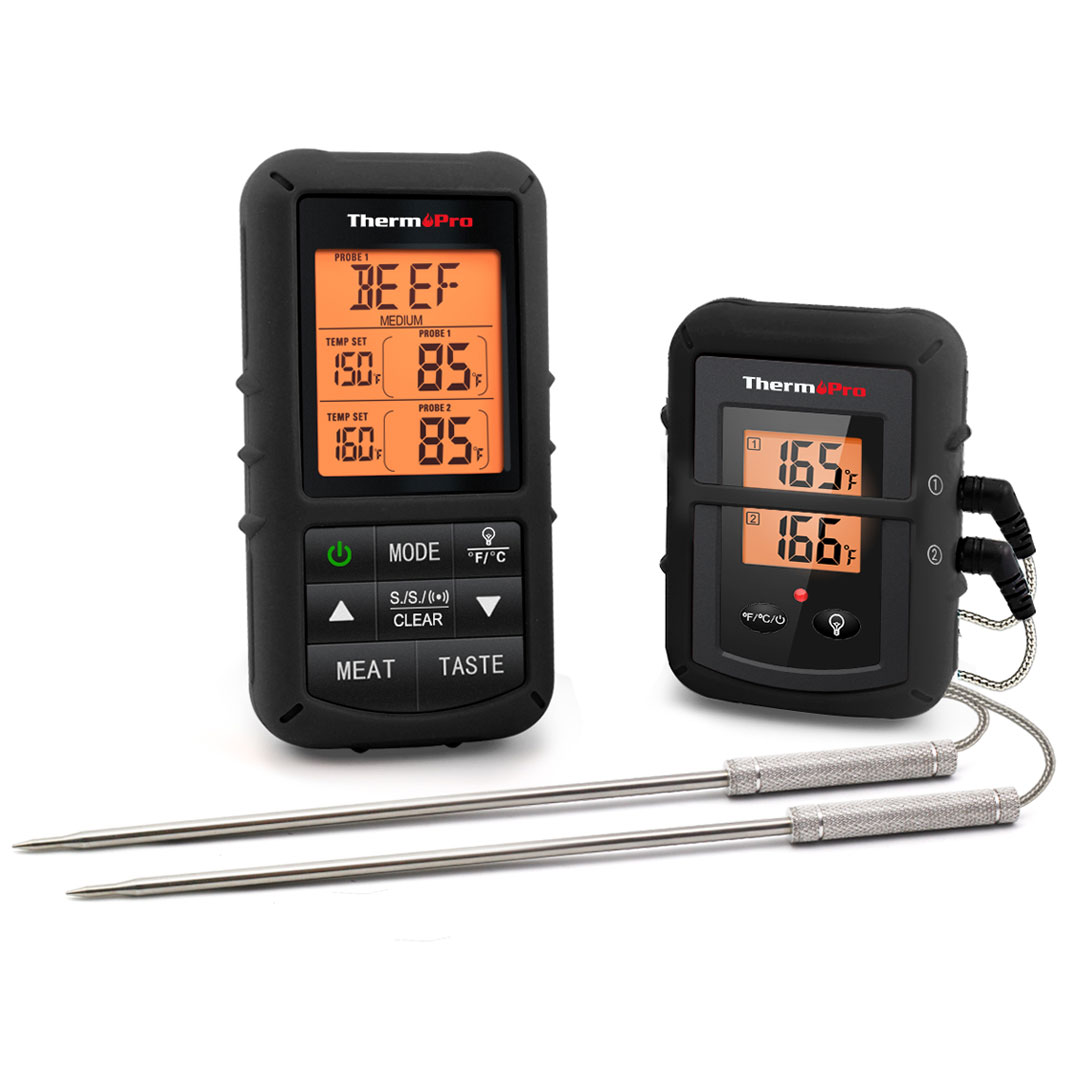If you love succulent, supple meats graced with all the flavors, it’s time you learned both how to make pastrami from corned beef and pastrami from a brine, worthy endeavors for any meat lover. Smoked pastrami, the sophisticated doppelganger of smoked brisket for you Texans, infuses tender beef slices with layers of spice and smoke. The result? A piquant meat so charming it makes bosom buddies of harsh rye and biting coleslaw.
There’s smoked pastrami from corned beef and home-brined pastrami. There’s industrially packaged pastrami and deli pastrami. These days, you may also see pastrami made from brisket. No matter how you get the meat, the cooking methods are similar. Let us walk you through all the important things you need to know about smoking the perfect pastrami.
How to Choose Smoker for Cooking Pastrami?
To begin, you obviously need a smoker. Once you’ve mastered homemade pastrami you’d be tempted upgrade your pastrami cooking skills to the next level. For most of us, however, one of the following smokers will suffice:
-
Offset smoker – this type of smoker features a firebox on one side and the smokestack on the other. Some models come with a grill grate fitted over the firebox, giving you a two-in-one direct grilling and smoking option. It works best when fuelled with a combination of wood and charcoal.
-
Reverse flow smoker – these smokers, like offset smokers, are designed with a firebox on the opposite end from the meat. A metal barrier forces the smoke to pass over to the meat and then back again to a smokestack above the firebox.
-
Komodo smoker – this traditional Asian designed smoker uses charcoal and wood that intensifies the flavor of the meat. It’s considered to be the best outdoor grills compared to the rest of the smokers.
-
Pellet smoker – these provide precision and predictability by using wood pellets fed through a hopper and typically use electronic probes to keep the meat cooking at an exact temperature without much supervision.
Once you’ve gotten familiar with your smoker, it’s time to get your meat prepared. It’s quite a process, but don’t worry; there is a shortcut.
How to Smoke Pastrami?
If you’re not concerned about completely commandeering the process from start to finish, you can skip the entire week-long brine session and start with store-bought corned beef.

Corned beef is a brined product that transforms the tough brisket cut into a sumptuous fare tender and juicy after slow cooking. When you’re starting with corned beef, you’ve bypassed the biggest process of pastrami making.
If the shortcut method doesn’t suit you, it’s time to get busy with the brine. If you’re making smoked pastrami from corned beef, skip step one and go straight to step two, The Smoking.
Step One: The Brine
The first and most time-consuming part of making pastrami is the brine. Typically, pastrami is made using the brisket cut of beef, which is a well-worked piece of muscle that requires careful preparation to keep from being too tough. That’s why the brine is necessary.
For the brine, you will need:
- 8 cups water
- ½ cup sugar
- ½ cup non-iodized salt (kosher works well)
- 2 tsp. pink curing salt (not the same as Himalayan or real salt)
- 4 Tbsp. pickling spice
A. Dissolve sugar and salt in water.
Combine water, salt, and sugar in a saucepan. Heat and stir it until the salt and sugar dissolve.
B. Cool, then add spices.
If you’re making your own pickling spice, common components you can choose from include whole allspice berries, whole black peppercorns, mustard seeds, whole cloves, coriander seeds, red pepper flakes (if you like it hot), a proportion of dried ginger, bay leaves, and smashed cinnamon sticks. Combine these according to your preferences. Toast your pickling spices in a dry frying pan just until the aromas begin to release, never until they brown. Add these to your brine liquid and stir well.
C. Prepare the meat.
If you’re using a slab of meat that has a fat seam on it, trim off almost all the fat seam to allow the flavors to penetrate the meat. Most pastrami uses some or all the brisket, but you can achieve good results using other cuts of meat like the chuck roast. Pastrami is about the process, not the cut.
D. Immerse the meat in the brine.
Make sure the meat stays completely submerged in the brine by setting it in a container large enough to hold all the brine completely covering the meat as well as a weight or plate on top, pushing the meat under the brine. Another way to do this is to set a giant plastic freezer bag in a plastic container. Add the brine and the meat, and seal it with all the air squeezed out of the bag. Keep the bag in the fridge inside the plastic container so that the meat is covered on all sides by the brine. ‘
E. Allow the meat to soak in the brine for one week.
However you choose to soak the meat, turn it over daily to keep it well brined. Once the meat has soaked for at least seven days, it’s ready for the smoker.
Step Two: The Smoking
Whether you’ve brined your own meat or purchased corned beef, follow the next steps to transform your meat into tantalizing smoked pastrami.
A. Remove excess salt from the meat.
Once you’ve drained the brine water off the meat, it will have a grayish cast, and that’s normal. Replace the brine with fresh, clear water to desalinate. Allow the brined meat or corned beef to soak in water overnight to remove as much salt as possible. As the meat soaks, it shrinks and concentrates the salt content, so make sure you give it enough time to soak. Enough salt will remain to flavor the meat. Drain your beef, and progress to the next step.
B. Assemble your dry rub ingredients.
You can certainly use a prepackaged pastrami dry rub, but if you want to make your own fresh blend, here’s what you need.
Ingredients for the Dry Rub:
- 4 Tbsp. black pepper
- 2 Tbsp. ground coriander
- 2 tsp. ground mustard
- 1 Tbsp. brown sugar
- 2 tsp. garlic powder
- 2 tsp. onion powder
- 1 tsp chili powder
C. Apply the rub to the meat.
Remove the meat from the water and pat it dry. If you prefer, you can brush oil over the surface of the meat to bind the spices, or you can apply the dry rub directly to the meat without the oil. Just make sure it massages deeply into the meat so that no meat shows through. Allow the meat to rest in the fridge overnight.
D. Preheat the smoker.
Once you have several hours free to smoke your meat, preheat your smoker to 225 degrees. You can use a variety of wood flavors depending on your preferences:
- Apple wood infuses with a mild, sweet flavor
- Cherry is slightly stronger, with sweet and tart tones
- Oak is a rich yet not overpowering wood
- Hickory and mesquite can be overwhelming in their strong flavors, but may be good if you like North Carolina or South Texas barbecue twists on your pastrami.
E. Place your meat in the smoker.
Place the meat in the smoker and let it cook for 4-6 hours. Periodically use a ThermoPro Meat Thermometer to monitor the appropriate internal temperatures of the meat.
Your goal will be to get the internal temperature to 200 degrees in six hours, so don’t be tempted to get it too hot. Allowing the meat to cook slowly will dissolve the collagen and allow it to melt into the meat and make it succulent and butter-tender.
How to Steam Pastrami? — An Alternative Way
Another variation is to remove the meat from the smoker when the internal temperature is 160 degrees and place it on a rack in a steam pan with water in the bottom.

A. Use a steam pan
Cover and seal the edges with foil. Place the pan in the smoker, and slightly raise the temperature to 275 degrees. Allow it to cook until the internal thermometer probed in the meat reads 200 degrees F. This could take an hour and a half to three hours.
B. Allow the meat to rest
Although it will be difficult, refrain from cutting into the meat until it’s had time to let the steam juices thicken. Once you’re ready to cut, make sure to slice against the grain in slices as thin as possible with a very sharp knife. The cooler the meat, the cleaner your slices will be, but it’s delicious hot or cold on sandwiches. You’ll get no judgment from here if you eat it steaming.
Enjoy your pastrami on rye with coleslaw or sauerkraut and a thick Russian dressing made with mayonnaise, hot paprika, chili sauce, horseradish, pimientos, Worcestershire sauce, and chives. It’s a lot like Thousand Island dressing, slightly spicier because of the horseradish.
If you and your gang aren’t able to eat all your pastrami within three to five days, it freezes well for future delighted devouring. Bon appetit!






 288 Comments
288 Comments









